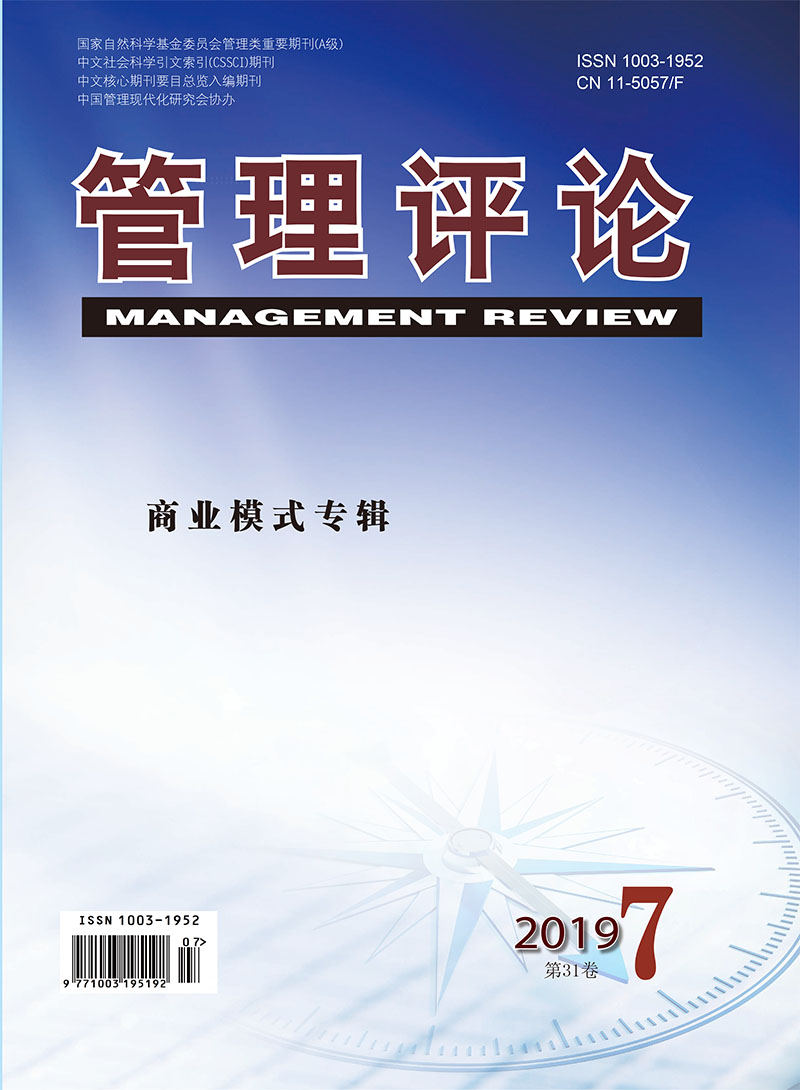Although the second-hand e-commerce platform is in a period of rapid development, there exists the realistic problem of insufficient market user discovery. The core reason is that most of the platforms in the industry have not yet built an effective business model. In the academic field, the root cause lies in the unclear evolution mechanism of second-hand e-commerce platform business model. From the perspective of business model value creation, we can explore the dynamic evolution mechanism of business model, which can be conducive to exploring how the second-hand e-commerce platform constructs a value ecosystem with unique competitive advantages. Therefore, based on the value creation logic of the business model, this study selects the case study of the trading platform "xianyu", which takes the market-leading position in the second-hand e-commerce industry, and explores the evolution mechanism of its business model. On this basis, it further outlines the path of value creation, that is, driven by the internal and external environment of the industry, the platform generally evolves through three stages of development. At each stage, the focus of the value module is different. In the initial stage, the platform attaches importance to exploring value propositions, including determining strategic positioning and satisfying customer value; In the development stage, the platform not only focuses on the value creation activities of key business development and core resource acquisition, but also uses the interaction with customers and partners to realize value appreciation and delivery; In the mature stage, the platform fully integrates internal and external resources to achieve maximum value acquisition under the value ecosystem. In the evolution of value creation, value interaction mechanism is the key to building a multi-win value creation system so as to shape an effective business model. This research is of positive significance for the promotion of the benign development of second-hand e-commerce platforms and the expansion of the application scope of business model theory.

